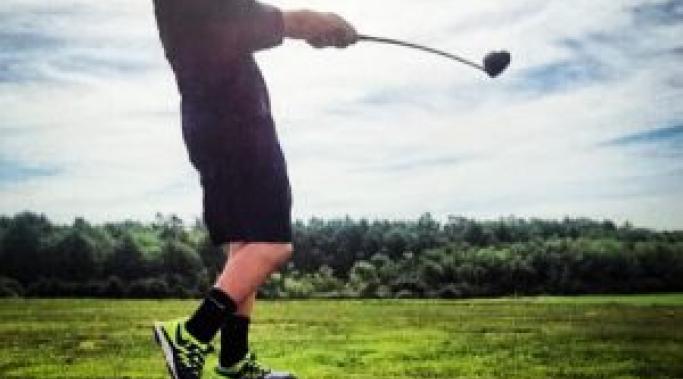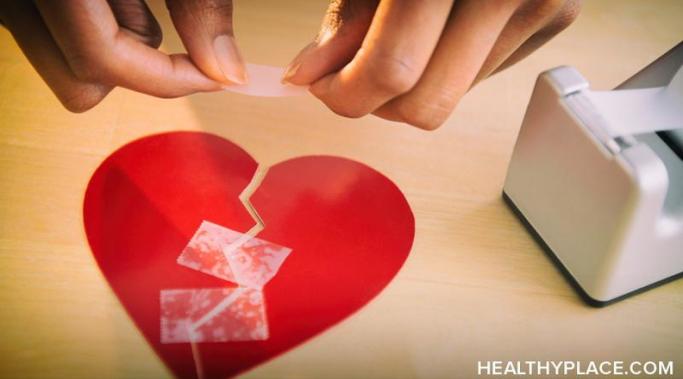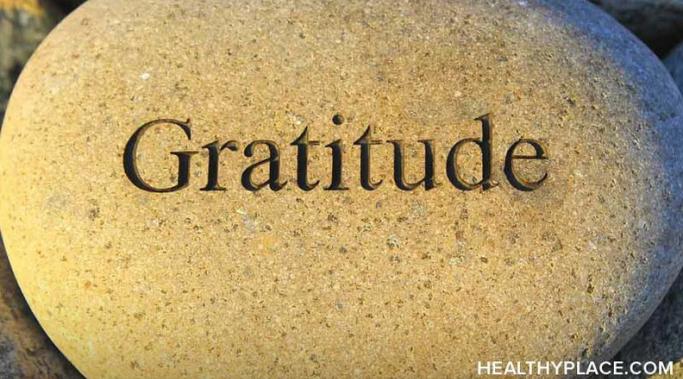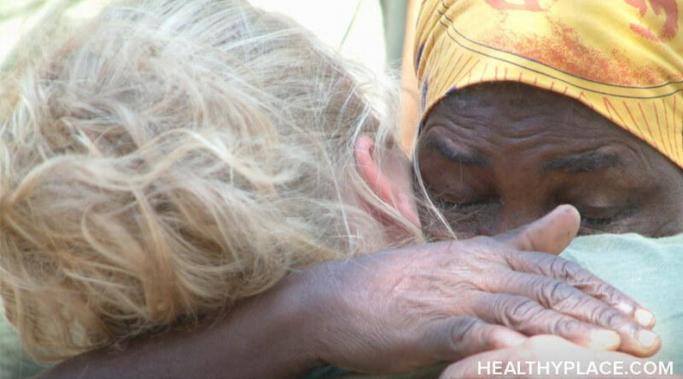Three years ago this month I joined the HealthyPlace blogging team by creating this blog. I did so because I wanted to write about symptoms of posttraumatic stress disorder (PTSD) and what it takes to heal. This was a personal mission: I am a PTSD survivor who struggled for almost 30 years before launching a healing rampage that led me to freedom. And now, while I'm sad to do it, I must say goodbye to Trauma! A PTSD Blog.
Anxiety – Trauma PTSD Blog
Follow-through and healing after posttraumatic stress disorder (PTSD) symptoms arrive is tough as illustrated by a client who recently told me about his plans to begin learning transcendental meditation to reduce his anxiety and he blurted in exasperation, "I know what I have to do to heal! The problem is that even though I know what to do I can't seem to get myself to do it."
This is a common refrain in recovery (and one I often said myself). Knowing what to do but not following through on doing it is one of the biggest problems in how to heal after PTSD symptoms settle in.
Within five years of the start of my posttraumatic stress disorder (PTSD) symptoms I was deep into self-destructive food restrictions that caused me to drop an enormous amount of weight. My parents had tried to get me into therapy after my trauma but I flat out refused to discuss it. With the weight loss, they forced me to see eating disordered specialists, none of whom knew what to do with me. I wouldn't eat and I wouldn't talk. Back in the early 80s the clear connection between PTSD and eating disorders wasn't well documented or understood. Now it is and the data is clear: the link between PTSD and eating disorders is real and very common.
After trauma, there's a need for life to feel safe and in control. Sometimes, we put in place really good and healthy habits that help the transition from trauma to life afterward. Other times, it's easy to slip into habits, cycles and patterns that are very destructive. For example, co-dependence. When you put this type of behavior together with posttraumatic stress disorder (PTSD) you can increase the time it takes to heal tenfold.
About five years ago, my friend Tuck married a woman with posttraumatic stress disorder (PTSD). Prior to the wedding Jane (not her real name) worked on her recovery just enough to stop her nightmares and flashbacks. With those big problems eliminated, Jane decided she didn’t want to continue with PTSD recovery work even though significant issues still remained. Tuck, wanting to respect Jane’s decision, didn’t press the matter. Instead, he set up a lifestyle that expected, accepted and supported Jane’s symptoms.
A few weeks ago I wrote about how to stop PTSD anxiety, flashbacks and panic from the perspective of putting mindfulness and intention into action. My colleague, Megan Ross (Trauma Therapy Coordinator at Timberline Knolls) and I had a whole conversation about this and I wanted to share her insights with you.
But there was a cliffhanger: Once you understand PTSD symptoms and how mindfulness can help change your physiological experience, the question arises, "What do I do now?" Specifically, what can you do to interrupt or stop flashbacks?
Megan Ross and I talked about this too. See what you think about the tips that we covered.
For a long time after my trauma I felt sucked into the darkness and despair of grief, loss, fear, anxiety and the frustration of the same question I repeatedly asked myself,
"Who am I now?"
It seemed that trauma and PTSD symptoms had branded me for life and there was no way to:
go back to who I'd been before (I was right about that)
go forward and become someone new (I was wrong about that)
What do we do when we get stuck in that place??
Previously, I proposed that thankfulness can be an antidote to the anxiety (fear) that results from living with trauma memory (In the Midst of Trauma, Why Thankfulness Matters). Whereas anxiety, when examined, is a response to an anticipated loss (of safety, of something of value, or opportunity, etc.), thankfulness is a response to the realization of gain. It is, indeed, a perfect antidote. Remarkably, few people think of it that way. You now have a way to become an exceptional person, to stand out from the crowd: realize the value of gratitude, and act to bring it into your mind. Read on for a list of ways you can bring thankfulness and gratitude into your life.
In my previous video about walking meditation, I spoke a little about meditation in general, pointing out that not all meditation is done while sitting. One can also meditate while walking, and even perform a water walking meditation (not what you may think). In some ways, this is quite possibly the best way to meditate. Walking meditation can be seen as a kind of bridge between classic sit-still meditation and the ordinary activities of our lives.
Active trauma memory - a memory that gets triggered, is intrusive, and is invariably painful - will disturb your state of mind, your focus, your ability to be productive, and any sense of hope for the future you may still possess. Put simply, it alters your present perspective on life, and never for the better. Pushing back against such an assault well may seem impossible, but that does not have to be the case. One management tactic of proven value that almost anyone can use is the practice of cultivating a sense of gratitude.








